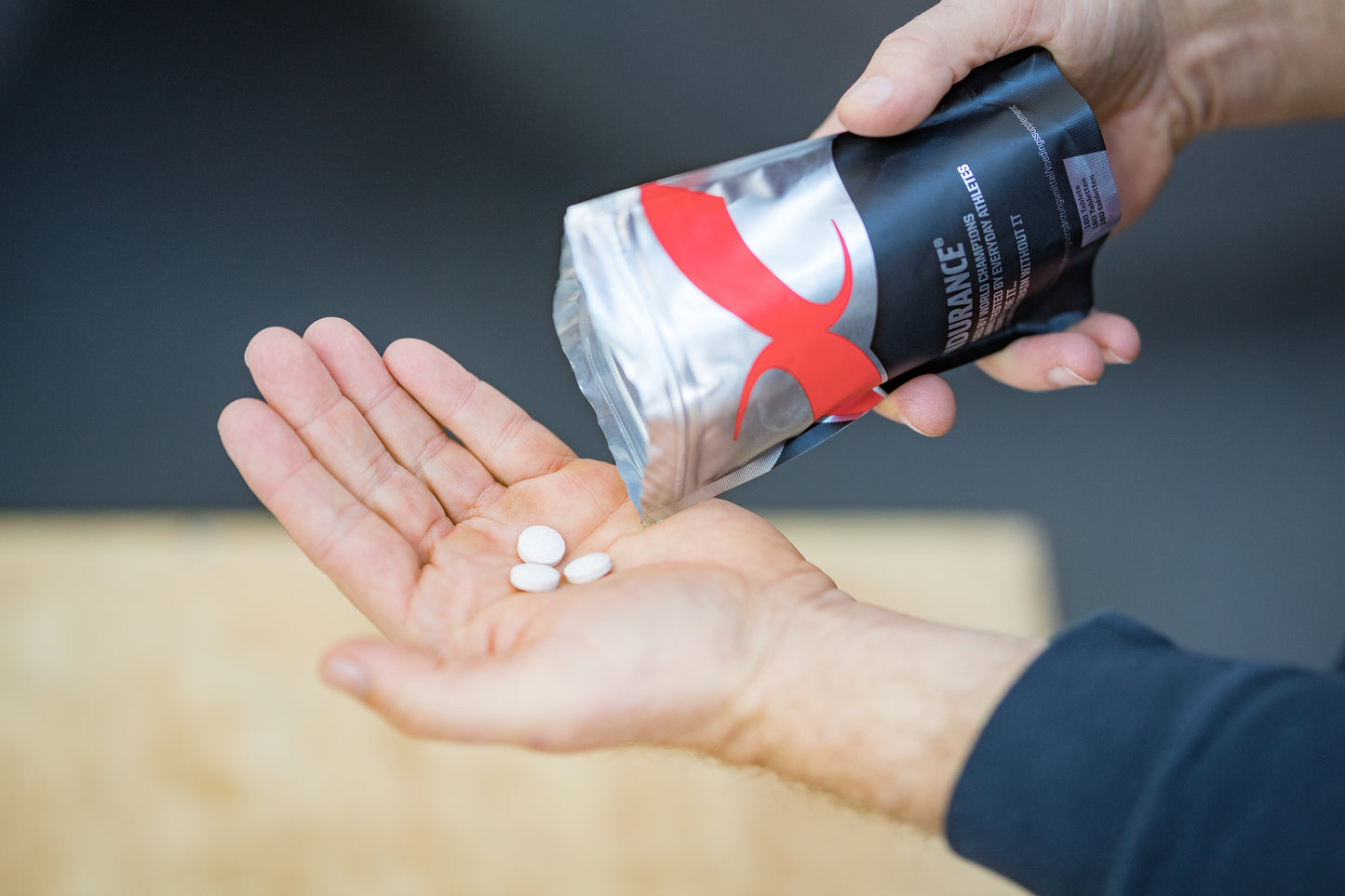Share
Making the step up to 13.1 miles needn’t get in the way of day-to-day life.
Feeling ready to make the step up from 5-10K races, but aren’t sure whether you have the time to train for a half marathon? Fear not: you do!
To start, the key to any successful training plan is feasibility. To train for a half marathon, you will have to up your mileage, but it doesn’t have to conflict with your packed schedule. First thing’s first: book yourself on to a race. Allow yourself at least three months. Done that? Good. Now there’s no turning back.
THREE RUNS A WEEK
- The long run: Here’s the good news: half marathon training can be successfully conducted on just three, high-quality runs a week. But it is absolutely essential that one of those runs is long and steady. Begin with a three-miler in week one and work your way up to twelve miles the week before the race. Timing isn’t important; just focus on running for the full duration. Aside from the physical conditioning this will bring, running for longer will also help you mentally prepare for running 13 miles. As much as anything else, it will show you that you really can do it.
- Change of pace: The other two runs should be used to hone tempo and speed. One should involve a steady progression throughout the weeks, starting on three and building up to no more than six to eight miles, at your desired race pace. So, if you’re planning on running a 1:45 race, three miles should be completed at around 8:10/8:20min/mile pace.
- Hill repeats: Your second session will be hill repeats. Find a hill with a challenging incline and, after a proper warm-up, complete eight to ten, controlled 60-90-second runs. These will be tough, but they will build up your glutes and work wonders for your aerobic capacity – you’ll thank us when mile 10 comes around on race day!
And that’s it: a half marathon training schedule, fit
for all. If you have more time, then one day of low-impact cross-training, such as swimming or cycling, would be a bonus, but don’t go all out, as rest time is crucial. Good luck!
“FOCUS ON QUALITY OF TRAINING”
I never run more than 30 miles-per-week when training for a half marathon. While it’s important to get used to a higher mileage, rest and recovery is key.
I was cycling and running when I decided to run my first 13.1-miler, so my base level of fitness was probably higher than average, but I’d run no longer than an hour before the race itself. However, I was in much better shape over shorter distances, so set out at a speed I was pretty sure I could maintain. Nowadays, I’d freak out if I set out at that same speed!
I didn’t have a specific target in mind at my first half. My goal was to be competitive in the race and to try and work my way up the field after a slowish start. It was a tough course and a windy day, so the distance was not the only challenge. In the end, I was fine until the last mile when my legs felt heavy – but, then, it’s meant to be a challenge.
A half marathon is not nearly as challenging as the full distance and you can get away with a lot less. My main advice would be to focus on quality of training and try and do some quality tempo runs. These should be at race pace; the longer you can maintain this pace, the easier race day will be!”











